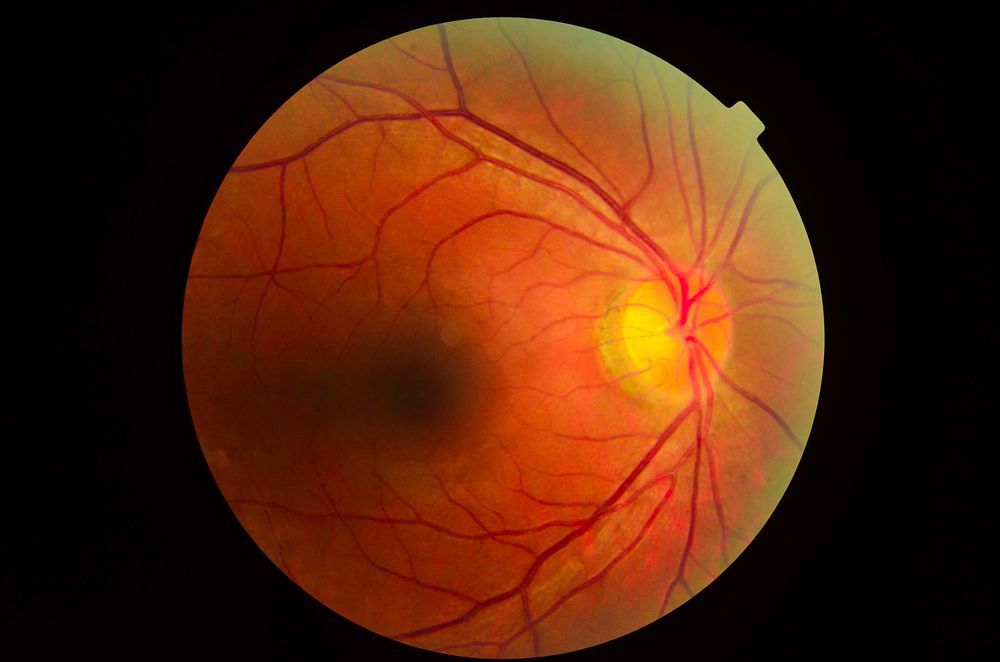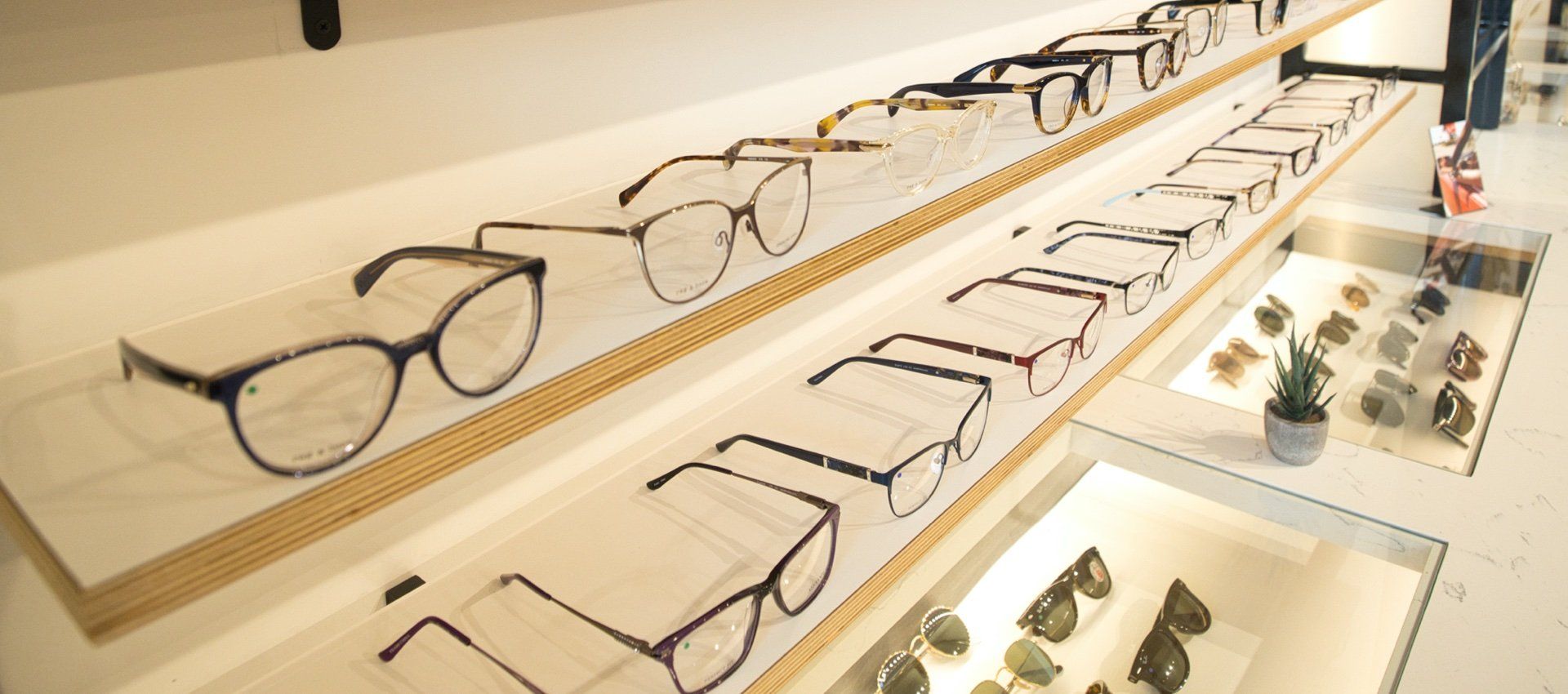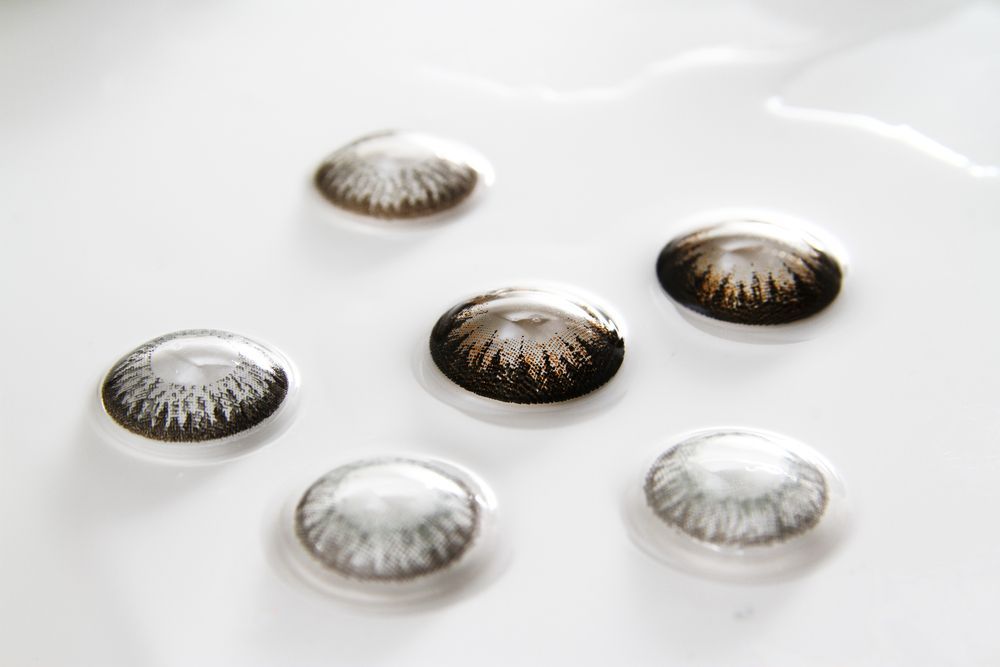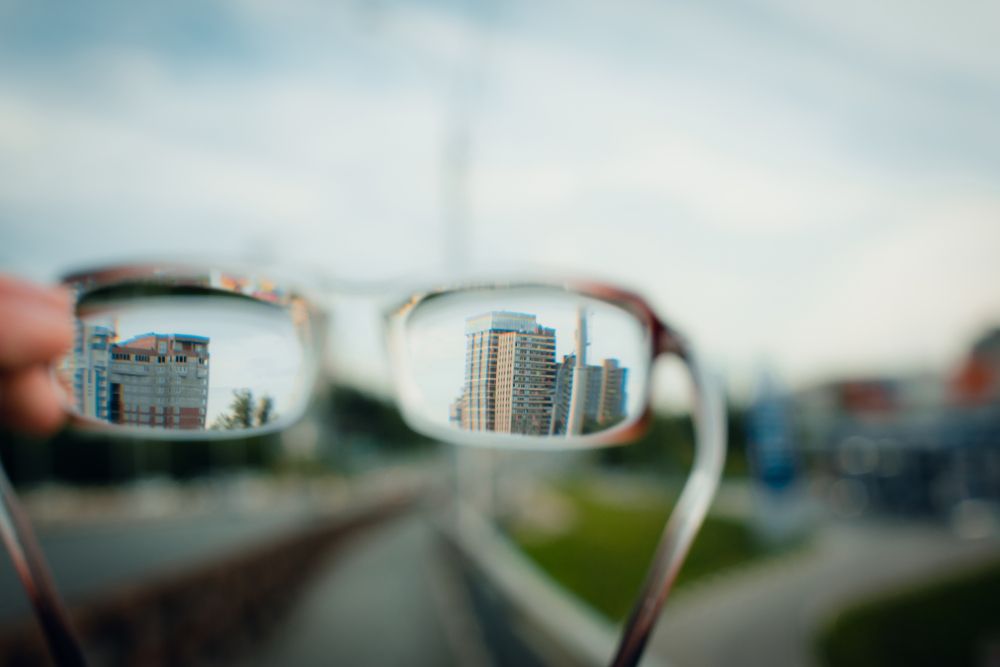In today’s digital world, we are constantly surrounded by screens—whether it’s our smartphones, laptops, tablets, or TVs. With so much screen time, you may have heard about the potential dangers of blue light and the benefits of blue light glasses. But do they really work? Let’s take a closer look.
What Is Blue Light?
Blue light is a type of high-energy visible (HEV) light found naturally in sunlight but also emitted by digital screens. It plays an important role in regulating our sleep-wake cycle (circadian rhythm) and keeping us alert during the day. However, concerns have grown about its impact on eye strain, sleep quality, and long-term eye health, especially with increased exposure from digital devices.
What Are Blue Light Glasses Supposed to Do?
Blue light glasses are designed with special lenses that filter or block blue light from digital screens. They are often marketed to:
- Reduce digital eye strain
- Improve sleep by limiting blue light exposure before bedtime
- Protect against long-term damage to the retina
But how much of this is backed by science?
Do Blue Light Glasses Reduce Eye Strain?
One of the most common reasons people buy blue light glasses is to relieve digital eye strain. However, research suggests that blue light itself is not the main cause of screen-related discomfort. Eye strain is more likely due to prolonged focus, reduced blinking, and poor screen ergonomics.
That said, some people report feeling more comfortable when wearing blue light glasses. This may be due to the anti-reflective coatings included in many lenses, which reduce glare and improve contrast, making screens easier on the eyes.
Do Blue Light Glasses Improve Sleep?
Exposure to blue light in the evening can suppress melatonin production, making it harder to fall asleep. Studies have shown that reducing blue light exposure before bed can improve sleep quality.
For those who frequently use screens at night, blue light glasses with an amber or yellow tint may help minimize sleep disruptions. However, a more effective approach is reducing screen time before bed, using night mode settings on devices, and dimming indoor lighting.
Can Blue Light Glasses Prevent Long-Term Eye Damage?
There is currently no strong evidence that blue light from screens causes permanent eye damage or increases the risk of conditions like macular degeneration. While excessive blue light exposure from natural sunlight has been linked to eye health risks, the amount emitted by digital screens is much lower.
If you are concerned about long-term eye health, wearing UV-blocking sunglasses outdoors, maintaining a diet rich in antioxidants, and scheduling regular eye exams are more effective ways to protect your vision.
Should You Buy Blue Light Glasses?
Blue light glasses may provide some benefits, especially for those who experience glare-related discomfort or have trouble sleeping after screen use. However, they are not a cure-all for digital eye strain or long-term eye health.
For better screen-time habits, consider these tips:
- Follow the 20-20-20 rule: Every 20 minutes, look at something 20 feet away for at least 20 seconds.
- Blink more often to keep your eyes moisturized.
- Adjust screen brightness and contrast to a comfortable level.
- Position your screen at arm’s length and slightly below eye level.
While blue light glasses may help in some situations, they are not a necessary investment for everyone. If you are experiencing frequent eye strain, fatigue, or sleep issues, schedule an eye exam with our team. We can help determine the cause of your discomfort and recommend the best solutions for your vision needs.
Have questions about your eye health? Contact us today—we are here to help.











